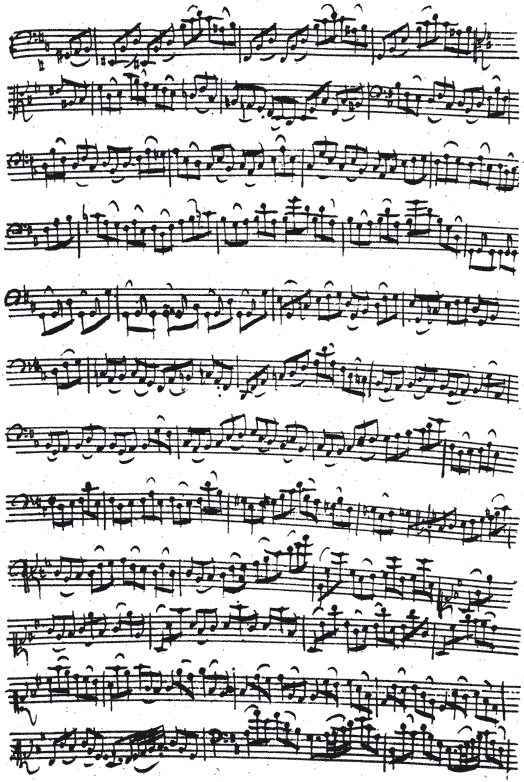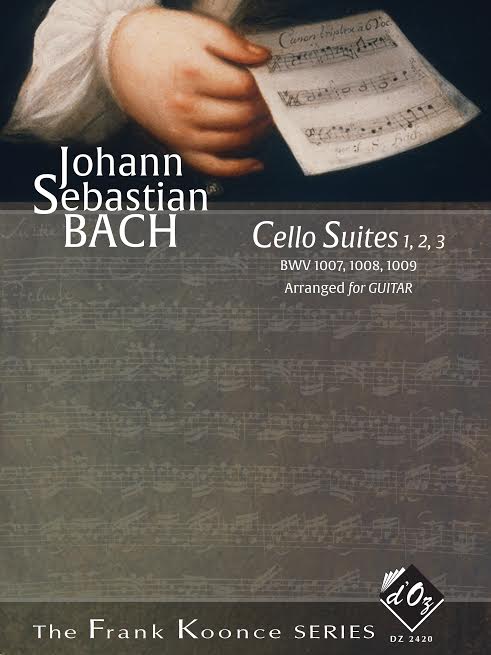

Matthew Head says that one is made for a non-professional/female, and the other for a professional/male, demonstrating the fact that, at the time, a woman was not taken as seriously as a young boy. 52, No 2), Matthew Head makes the very judicious comparison between this Buchlein and the one written for Bach's son, the ten-year-old Wilhelm Friedmann, at about the same time. In a recent issue of the Journal of the American Musicological Society (Vol. Bach compiled for her the well-known Buchlein that many young people have played when beginning music studies. She was the daughter of a trumpet player and, in spite of a nice voice, was musically inexperienced and had no knowledge of string playing. She was Bach's second wife and married him when she was only 20 in 1721. I would like to make a point clear about Anna Magdalena's musical knowledge. These editors, though, give very good examples, using the violin works of uncertain slurring by her. And finally: "It is difficult to read AMB's slurs." This is quite an understatement.
Bach cello suites original manuscript free#
For instance, Bettina Schwemer and Douglas Woodfull-Harris in the latest Bärenreiter Urtext Edition, which came out in recent weeks, say: "There can be no question that AMB is the principal source for the cello suites," then later: "For all her care (sic) AMB's copy is not entirely free of mistakes." I counted 117 errors, not including the slurs. But most editors usually try to find excuses for her errors. If it is surprising that there are so many editions based on the Anna Magdalena Bach (AMB) copy, being so unreliable, let us not forget that for years it was the only known manuscript, and was often often mistaken for the original. The transcription for the lute, by Bach himself, of the Fifth Suite, c.1730.Ħ.

A later 18th Century Anonymous version, Vienna.ĥ. In absence of the lost original, until it may surface one day like the violin works did in 1909, here is what we have to work with:īeginning of the second half of the 18th century:Ĥ. Now let's bet on when and by whom the 100th version will be published.īefore going any further, I think it is in order to clarify the question of sources for these pieces. This means that, in the last 36 years, 41 editions have come out. When I published my edition in 1964, which was based on the Kellner and Westphal manuscripts (which I uncovered), as well as the Anna Magdalena and the Lute versions (for the Fifth Suite), it was the 52nd. We have now seven more versions to study, which boosts my library's collection to 61 different editions of the Suites! The Bach violin works haven't prompted a like outburst of new editions.

I don't know of another example of such numerous publications. This now brings the number of editions, since the first by Louis Norblin in 1824, to a staggering 92! (Soon to be 93, when the fourth printing of my edition comes out, with a completely new preface, hopefully before the end of this special year.) We have witnessed, since 1996, an unprecedented proliferation of editions of these wonderful Bach masterpieces, the obvious explanation being the observance in the year 2000 of the 250th anniversary of the great musician's death. The Recent Editions of the Bach Cello Suites


 0 kommentar(er)
0 kommentar(er)
